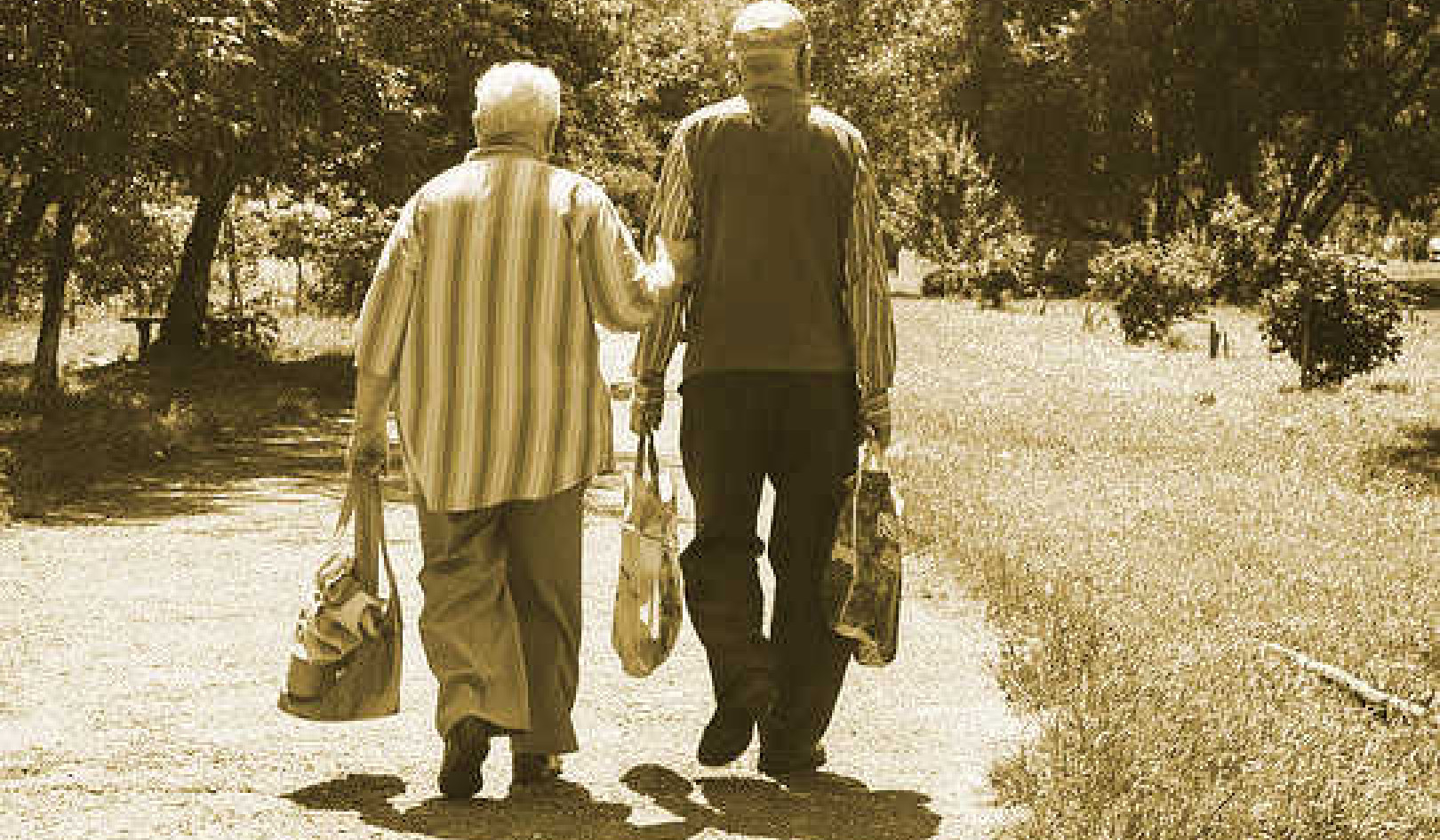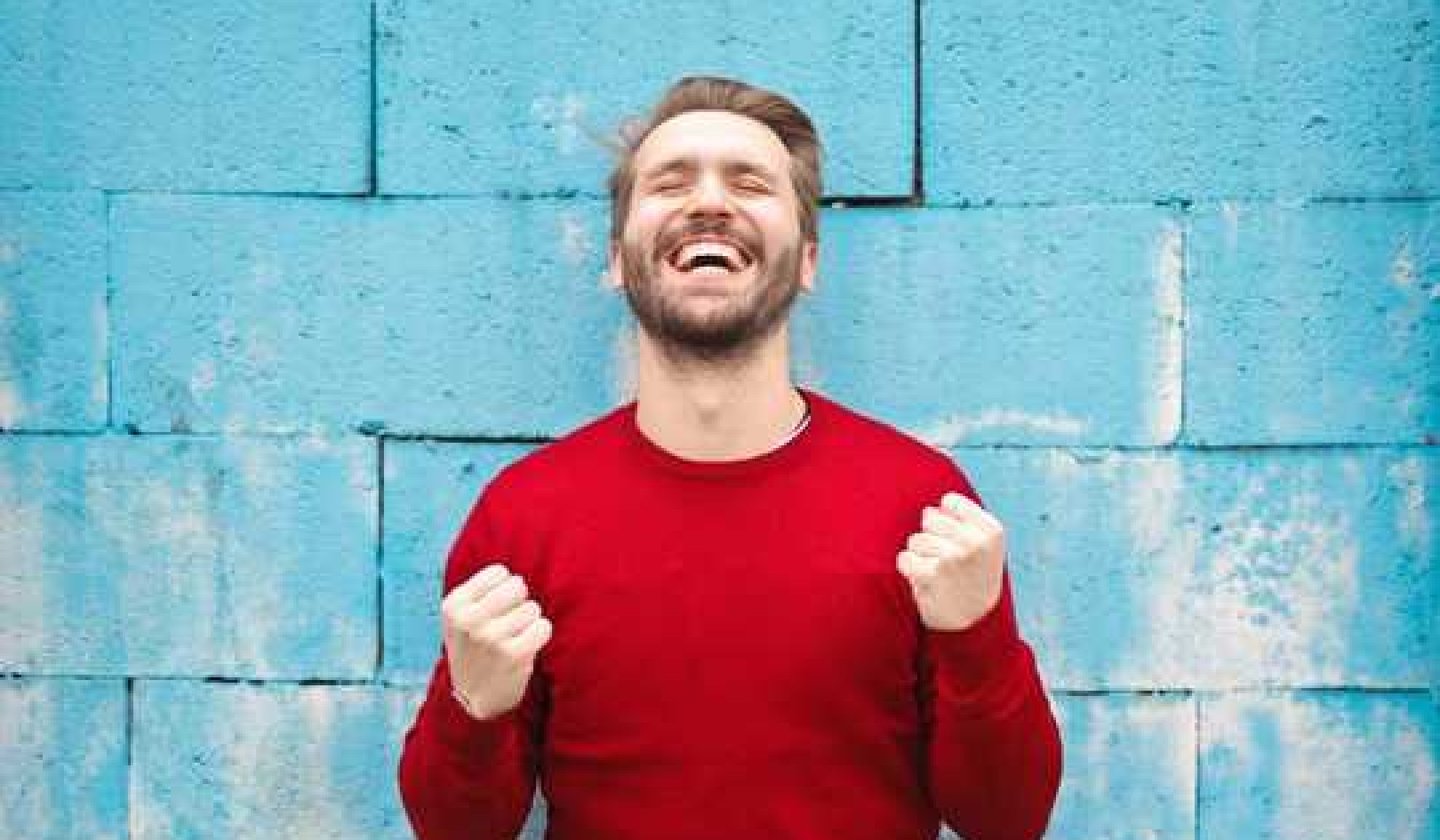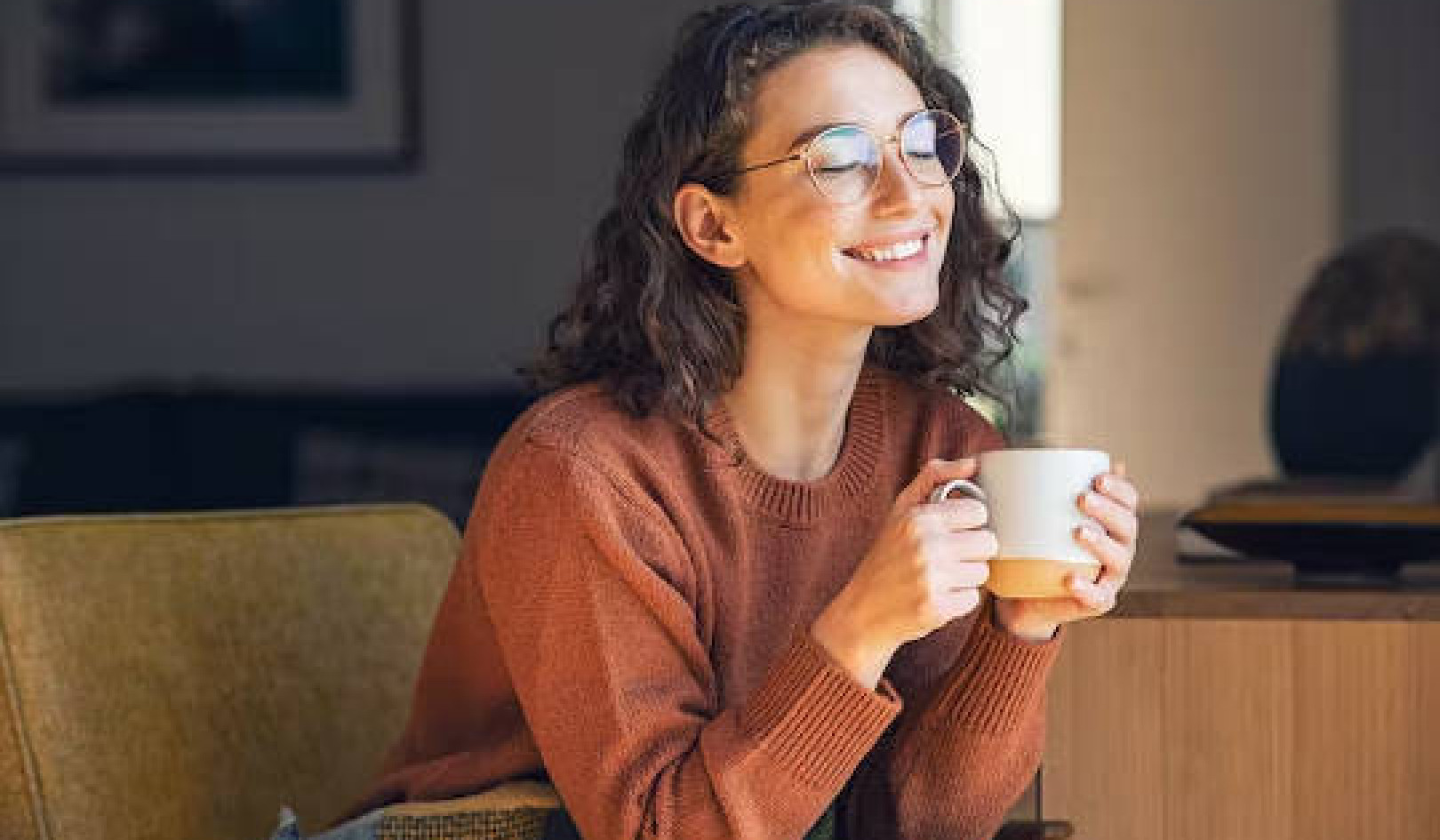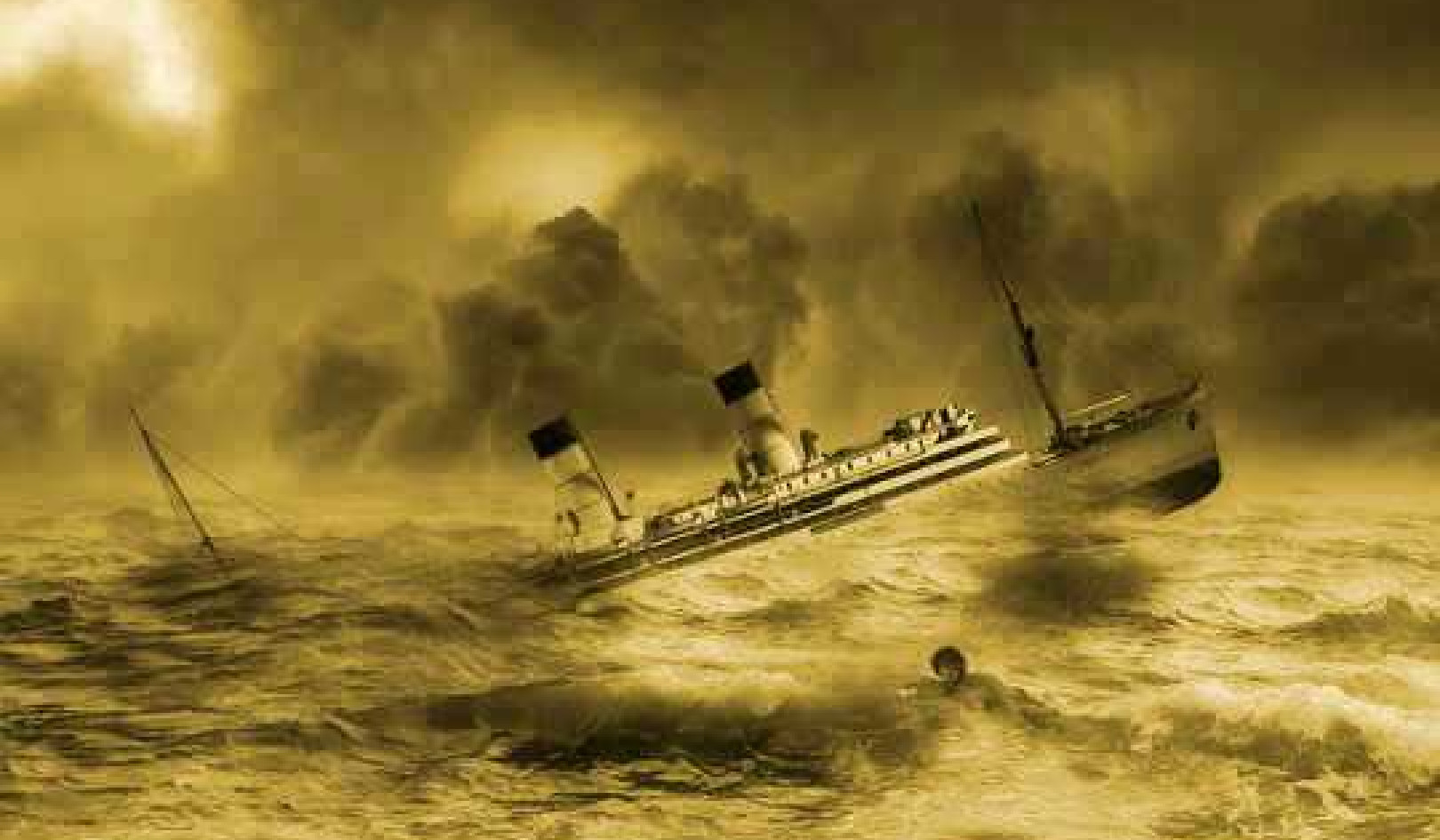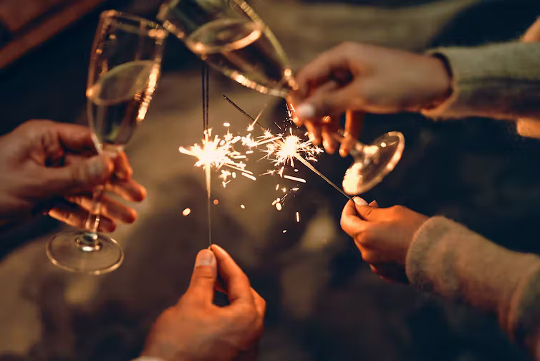
Shutterstock
Each December, Christmas, Hanukkah and Kwanzaa, among others, take over our thoughts and our wallets as we participate in ceremonies our ancestors have practised for as long as we can remember. These are all example of traditions. And in most cases, traditions are accompanied by rituals.
What’s the difference?
In scientific terms, a “tradition” refers to the passing down of customs and beliefs from one generation to the next. A “ritual”, on the other hand, is a series of actions performed according to a prescribed order, and which is often embedded in a larger symbolic system, such as religion or philosophy.
For example, while celebrating birthdays is a tradition, blowing out the candles on a cake is a ritual. Similarly, while getting married is a tradition, exchanging vows is a ritual.
New rituals can be created at any time. To become tradition they only need to be understood and replicated by a wider community.
And it’s not just in grand gestures that humans practise rituals; some are so embedded into our everyday lives we no longer recognise them. The very particular way someone makes their tea or coffee in the morning is a ritual they enact daily.
Basically, rituals are everywhere. That raises the question: why do we have them at all?
Archaeological evidence for the earliest rituals
Ritual behaviour has very deep origins in humanity. However, tracking these origins and their development is difficult as rituals often leave little or no physical traces behind for archaeologists to find.
Thus far, the best evidence for ancient rituals is the deliberate burial of loved ones. The oldest example is found at Mt Carmel in Israel, where some 130,000 years ago a Neanderthal woman was laid to rest by her community.
Archaeologists also suggest the extensive use of coloured pigments (particularly bright red) to paint bodies, objects and rock walls points to the practice of “symbolic” behaviour, including ritual. The oldest reliable evidence for colourant use dates to between 500,000 and 310,000 years ago and comes from several archaeological sites in southern Africa.
Another type of evidence that is often intrinsically tied to rituals and traditions is musical instruments. Bone flutes dating back to about 42,000 years ago have been found in Western Europe. How long people have used the very first instruments – the human voice, clapping hands and stomping feet – remains unknown.
Why do we have rituals?
Rituals play a very important role in human communities for a number of reasons.
First, rituals help reduce individual and collective anxieties, especially when we ourselves, our family, or our whole community is facing uncertain times or crisis.
Research has shown that by praying or singing together we feel connected and supported and our anxiety is reduced. This may explain why Parisians were moved to sing together as they watched their beloved Notre Dame Cathedral burn in 2019.
Parisians sing together as Notre Dame burns – a spontaneous ritual to deal with an unexpected crisis.
Rituals also help reduce anxiety by allowing us to feel control over our surroundings. For instance, new parents may be anxious about protecting their baby. Rituals that welcome the infant into the family and community help them feel they’ve done everything possible – including drawing on supernatural protection – to ensure their child’s wellbeing.
Second, rituals bring people together to celebrate or otherwise mark important life milestones. Births, graduations, marriages and deaths are all marked by rituals and traditions across the globe. These events provide a time and place to gather and encourage people to renew their bonds with friends and family.
These bonds are especially important in times of bad luck, which helps explain why the incentive to maintain them has endured through human history.
Imagine living tens of thousands of years ago, when human communities were much smaller and often lived farther apart. If a volcano erupted, the resulting destruction could mean plant and animal resources – essential food and materials needed for survival – would not be available for months, or perhaps years.
You would then have to rely on the bonds you maintained with neighbouring communities through shared rituals. Such bonds would encourage the sharing of resources until circumstances improve.
Finally, rituals help us remember and share huge amounts of cultural information. By learning a format or pattern of behaviour through ritual, we can absorb information and recall it later more easily.
This approach works astonishingly well to ensure information is passed down orally over long periods. Thus far, the oldest story dated using scientific methods is the Aboriginal Gunditjmara people’s story of the Budj Bim volcano eruption, which occurred 37,000 years ago in what is now south-western Victoria.
Being able to retain information about changes in the landscape, its plants, animals and people ultimately increased the likelihood that your family would not only survive – but thrive.
Rituals will remain
Without rituals, and the traditions in which they become embedded, it is unlikely humanity would have advanced to its current state of cultural and technological development.
We wouldn’t have been able to continually gather and share information, maintain bonds over extensive geographical areas, or make it through difficult periods.
Despite being surrounding by increasingly complex technologies, rituals today remain more important than ever. With extreme weather events and conflicts continuing to displace people all over the globe, they will act as an essential social glue that holds our communities together.![]()
About The Author
Michelle Langley, Associate Professor of Archaeology, Griffith University
This article is republished from The Conversation under a Creative Commons license. Read the original article.

Related Books:
Atomic Habits: An Easy & Proven Way to Build Good Habits & Break Bad Ones
by James Clear
Atomic Habits provides practical advice for developing good habits and breaking bad ones, based on scientific research on behavior change.
Click for more info or to order
The Four Tendencies: The Indispensable Personality Profiles That Reveal How to Make Your Life Better (and Other People's Lives Better, Too)
by Gretchen Rubin
The Four Tendencies identifies four personality types and explains how understanding your own tendencies can help you improve your relationships, work habits, and overall happiness.
Click for more info or to order
Think Again: The Power of Knowing What You Don't Know
by Adam Grant
Think Again explores how people can change their minds and attitudes, and offers strategies for improving critical thinking and decision making.
Click for more info or to order
The Body Keeps the Score: Brain, Mind, and Body in the Healing of Trauma
by Bessel van der Kolk
The Body Keeps the Score discusses the connection between trauma and physical health, and offers insights into how trauma can be treated and healed.
Click for more info or to order
The Psychology of Money: Timeless lessons on wealth, greed, and happiness
by Morgan Housel
The Psychology of Money examines the ways in which our attitudes and behaviors around money can shape our financial success and overall well-being.



















